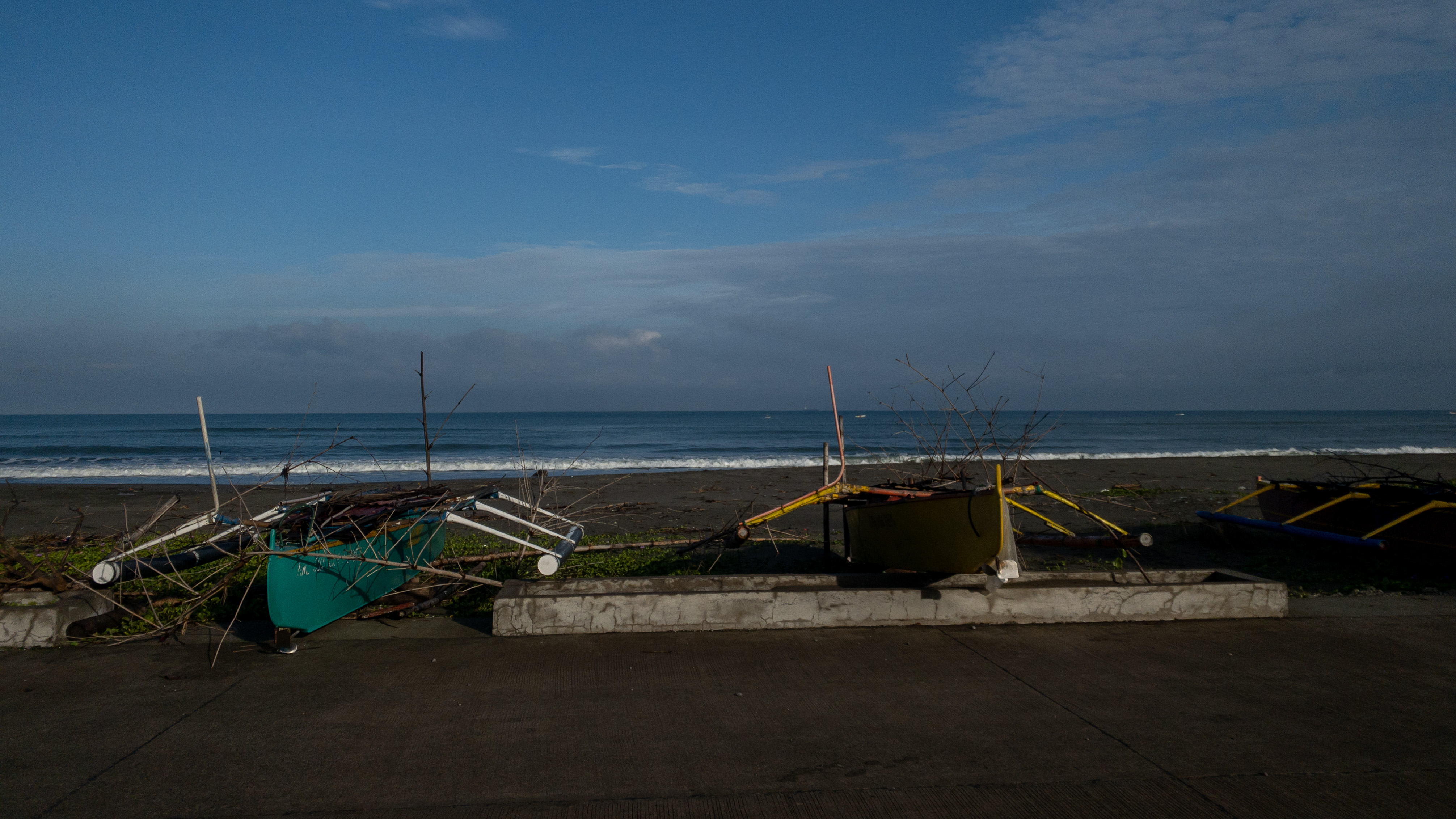
a hole inside me
gapes open wide, expanding
smarting to be filled
by something I have yet to find
~ Rofel Brion
I’m Vince Imbat and this is The Long Walk.
Here is the past week’s walk.
The Long Walk: October 17 to 22, 2022
October 17, Monday
In the morning, I decided to do my journaling and reading outdoors. My partner, Lea, agreed to come along. The sun was scorching hot when we left the house. But as we reached Freedom Park, the sky started to grow dark. Here goes Los Baños’ bipolar weather.
The grass was wet throughout the park and under the Fertility Tree, so we decided to sit on one of the benches surrounding the Carillon tower.
We’d already done some writing when we heard it. A loud meowing from afar started to grow louder.
Then everything happened so fast.
Ants started biting my feet. They crawled on Lea’s sandals. We stood up and started walking away, unsure where to go next. But then we saw it, the source of the peculiarly loud meowing—a grown kitten following a male student intermittently looking behind at the noisy creature, appearing slightly surprised that it had chosen him as a target.
I want to look at it, Lea said, so we approached the kitten. Lea took it and peeked at its genitals. It’s a girl! She carried it on her bosom.
We named it Carillon (after a week-long debate).
And we did remember Keeley.
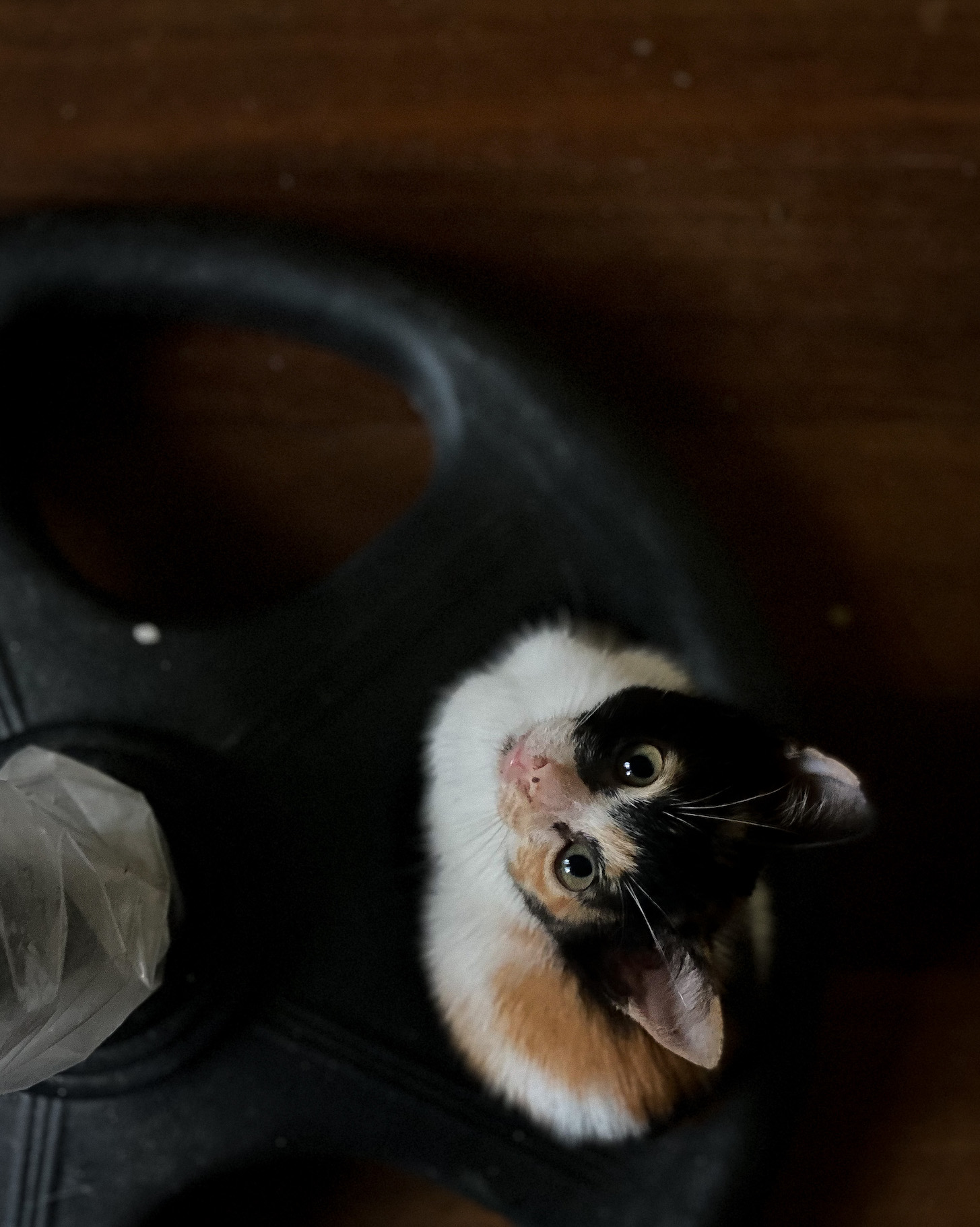
Back at home, while still on my yoga mat, I started reading the foreword to Rofel Brion’s book Kapag Natagpuan Kita = Once I Find You, a collection of his Filipino poems with their corresponding English translations. The English translations were originally Rofel’s, but he had his friend Noelle de Jesus edit them. Noelle’s translation process inspired me to try translating Rofel’s poem Umaga (Morning) into Pangasinan. My translation isn’t done, but I discovered a downloadable Pangasinan–English dictionary along the way. My mother tongue, Pangasinan, is a dying language in the Philippines. I’ve been having a lot of difficulty finding a Pangasinan dictionary, so this one, although aged, was a big find for me.
On my computer, I reviewed a note I wrote a while back entitled “Our invisible Walden.” In the note, I wrote:
We have the same questions to answer—they are inescapable: How should I live? Where do I get instructions for living? How do I understand the world?
Today, many of us don’t have the luxury of living for two years in a cabin in the woods. But like Thoreau, we can’t escape the questions. Its all a matter of “when” do we start getting serious about them. “When” do we face our invisible Waldens to build our invisible cabins and start thinking about the questions seriously. When do we say “Enough. I am answering the questions myself.”
While washing the dishes in the evening, I listened to a podcast episode about the analytic and continental divide in philosophy. As I am slowly building my philosophical family tree, this is an issue I could not escape. The analytic–continental divide refers to a widespread assumption that there are two general traditions in philosophy: one that emphasizes clarity (analytic) and one that doesn’t (continental).
October 18, Tuesday
I reviewed my highlights from the foreword of Kapag Natagpuan Kita = Once I Find You. In general, the foreword was an illuminating account of how a “translation by collaboration” could happen. I reflected on how Noelle de Jesus quickly acknowledged that she was not a poet and, in her words, a “learned speaker or writer of Tagalog or Filipino.” Instead of feeling less qualified to do the job of editing Rofel’s translations because of her “inadequacies,” she embraced them and had them guide her on choosing the approach she used to deliver the project.
Literalness. I took refuge in the literal. Not being a poet, interesting or otherwise, that was the kind of translation I sought, a word-for-word version that was correct in meaning first, poetic in English second, if at all.
This choice is sometimes shunned by poem translators, many of which are capable poets themselves. But Noelle does not hide who she is. She proclaims the truth to the world and stands by it. From Noelle, I learn honesty, authenticity, and courage to be who we are.
I continued to study the analytic–continental divide in philosophy and am starting to share the conclusion of Brian Leiter that the divide is sociological and not intellectual. Moving forward, I intend to practice a form of philosophy that recognizes the value of both analysis and lyric, a practice that merges both clarity and depth, a way of looking at the world that is interested in both objective and subjective truth. In other words, a holistic worldview.
October 19, Wednesday
With Lea, I traveled to my home province of Pangasinan to see my family and stay by the beach for a couple of days. Dickinson’s poem from last week’s newsletter and Rofel’s poem Umaga (Morning) strengthened my resolve to see the sea before October ends.
Here is Emily, once more…
_Exultation is the going
Of an inland soul to sea,
Past the houses — past the headlands —
Into deep eternity —
and Rofel (with Noelle’s edits, of course)…
_So early in the morning
waves already crest high,
dark skies approach
in the distance,
over there,
in the deep, filled
with a great breadth of creatures
whose colors alone, they say,
will amaze you.
So they sally forth,
brave the sea, descend into it,
and leave me dumbstruck,
with only my feet wet.
The long bus ride afforded me some time to check substacks. Here are three good ones I am currently exploring:
- Under the Net. The substack of philosopher Kieran Setiya. He writes general audience books that use philosophy to tackle practical life problems. His new book Life is Hard, which just came out this October, discusses navigating personal trauma and injustice in the world through philosophy.
- Photo Meditations. A newsletter by George Bothamley that combines photography with poetry and philosophical reflection—something The Long Walk also tries to do.
- Mind OS. A newsletter about personal knowledge management (PKM) and its philosophical and psychological basis. I haven’t read it yet, but since I geek on PKM and the graphs and titles in this newsletter looked interesting enough, I decided to subscribe.
Between long naps during a five-hour bus ride, I did some reading. I continued Living Philosophy by Mooney, and I finished Chapter 5—a chapter about the lyrical philosophy of characters in Moby Dick.
October 20, Thursday
After waking up, I walked with my father for about an hour at the Matic-matic–Maronong road. The last time we walked together was back in 2011 when I was recovering from depression. He doesn’t know this, but it is that long already. So this morning’s walk was something special.
After walking, and while waiting for breakfast, I journaled about yesterday’s reading of Living Philosophy. For the first time in the book, Ed Mooney presented the possibility of having analytic philosophy and lyrical philosophy coexist in one practice (or even in one piece of writing). This connected with what I am currently learning about the myth of the analytic–continental divide in philosophy. Mooney recognizes that it is possible to have multiple visions in a single work. However, for such coexistence to occur, we need to let go of the dominance of our obsession with “airtight and universal principles” and allow subjective, episodic, and ever-shifting philosophical truth to have an equal footing. The best philosophical texts present an objective account alongside a subjective one. One can be clear and straightforward while also being poetic.
After breakfast, Lea and I went to the beach. At the beachfront, we napped and journaled (more). I found a few moments of silence and I was graced by a poem.
WHAT I HAVE
Fences block the sea
from where I sit
and so I just listen
to the sound
of water plunging
on water
then vanishes
forever.
The sky was too cloudy for sunset, so we walked instead, until evening. Finally, I am in deep eternity.
October 21, Friday
I woke up at 6:30 am and started walking towards the beach. The sun is already up. On the beach, an adult male, possibly in his 60s, was with a little girl, around three or four years old. She was his grandchild, perhaps. His apo.
The child was walking around the man, chasing a few dogs with them. The dogs were free. They seem to know the beach well.
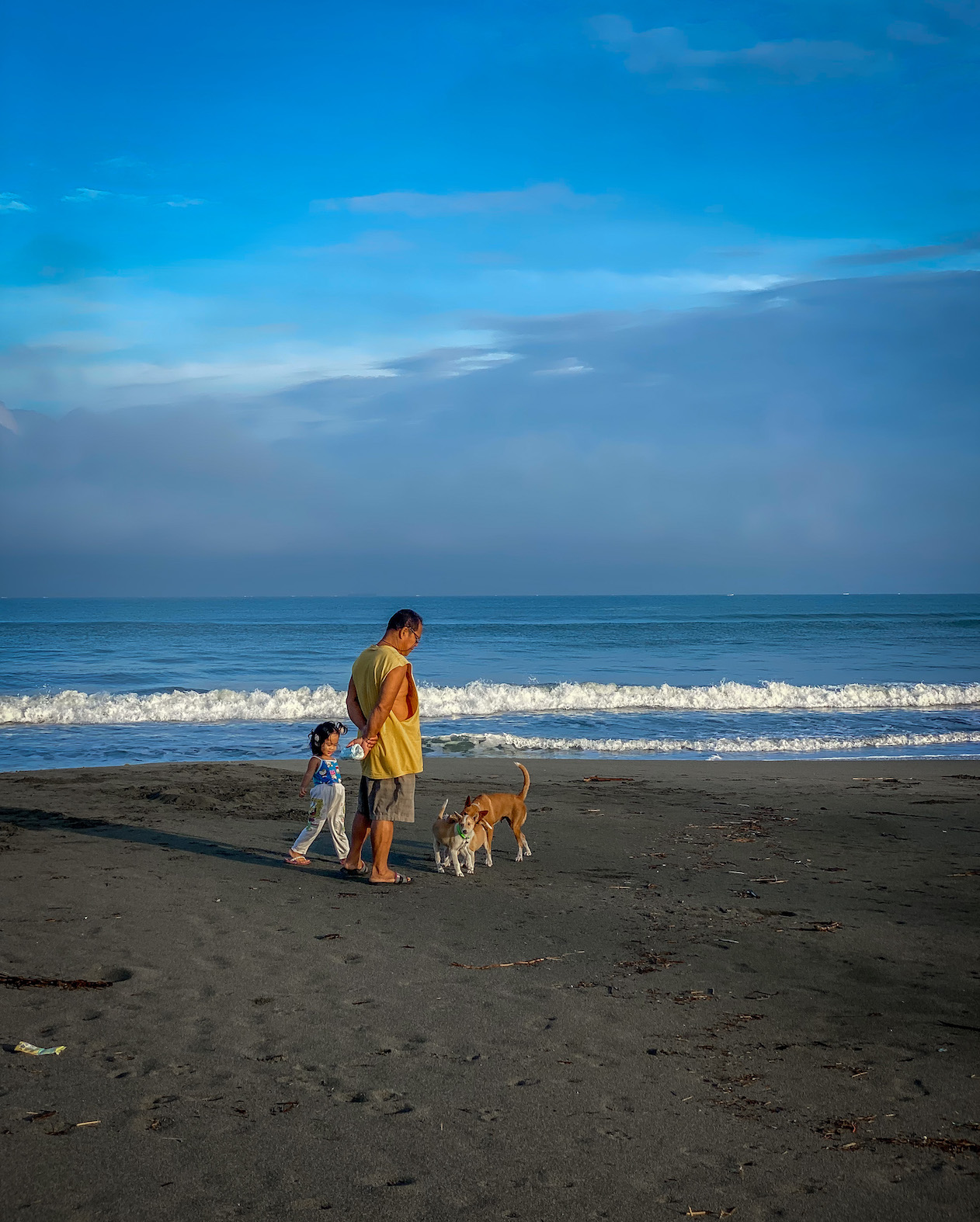
I walked towards San Fabian and saw the Cordillera enveloped by a thick gray mist. Below me, tiny transparent crabs, almost invisible to the eye, moved from one hole to another. Beside the holes, large footprints—not of man but dog—pressed on the soft sand, so soft I felt so heavy.
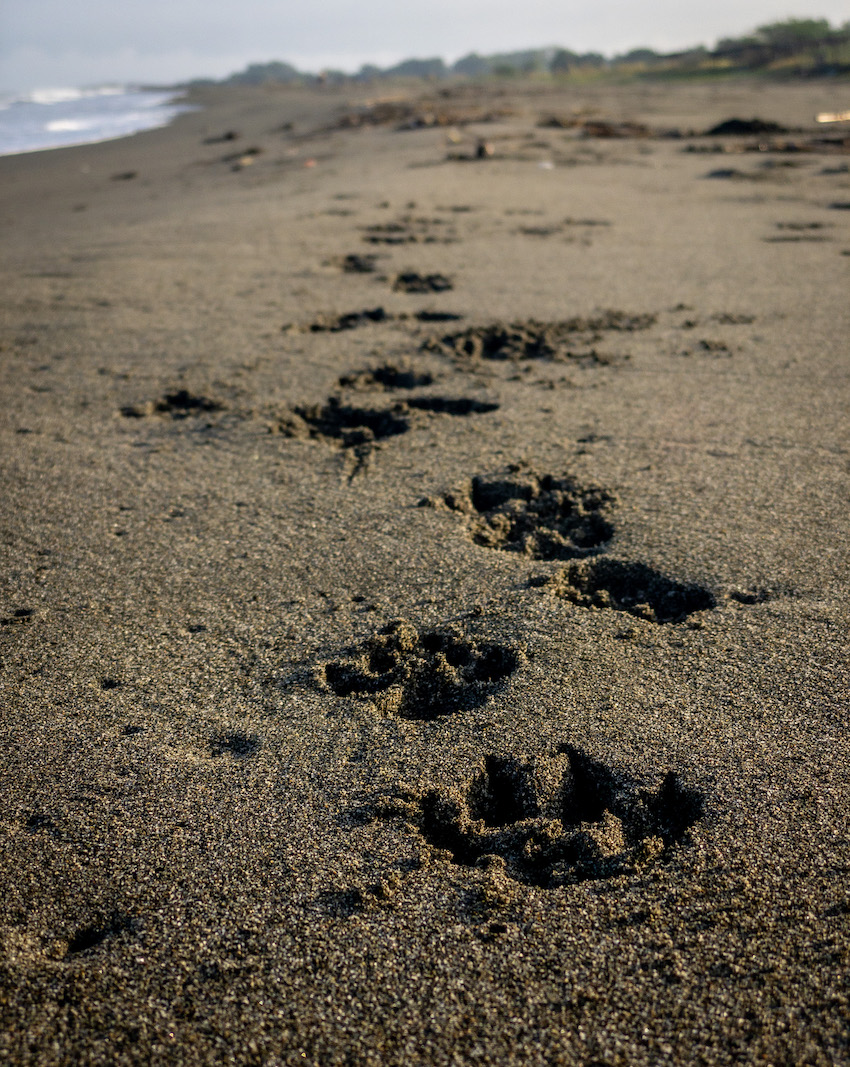
On the sand, near the crabs and the pawprints, I sat for a while, watching the waves and feeling sunlight on my cheeks.
On my way back, I saw a man dragging his bike towards the water. He looked as if he was ready to plunge the bike on the sea. But he stopped and dragged it along the edges of the beach instead. He did this for about a minute, then he dragged his bike back to the concrete road.
As I made my way back to the resort, I saw an old man on the side of the road looking far into the horizon.
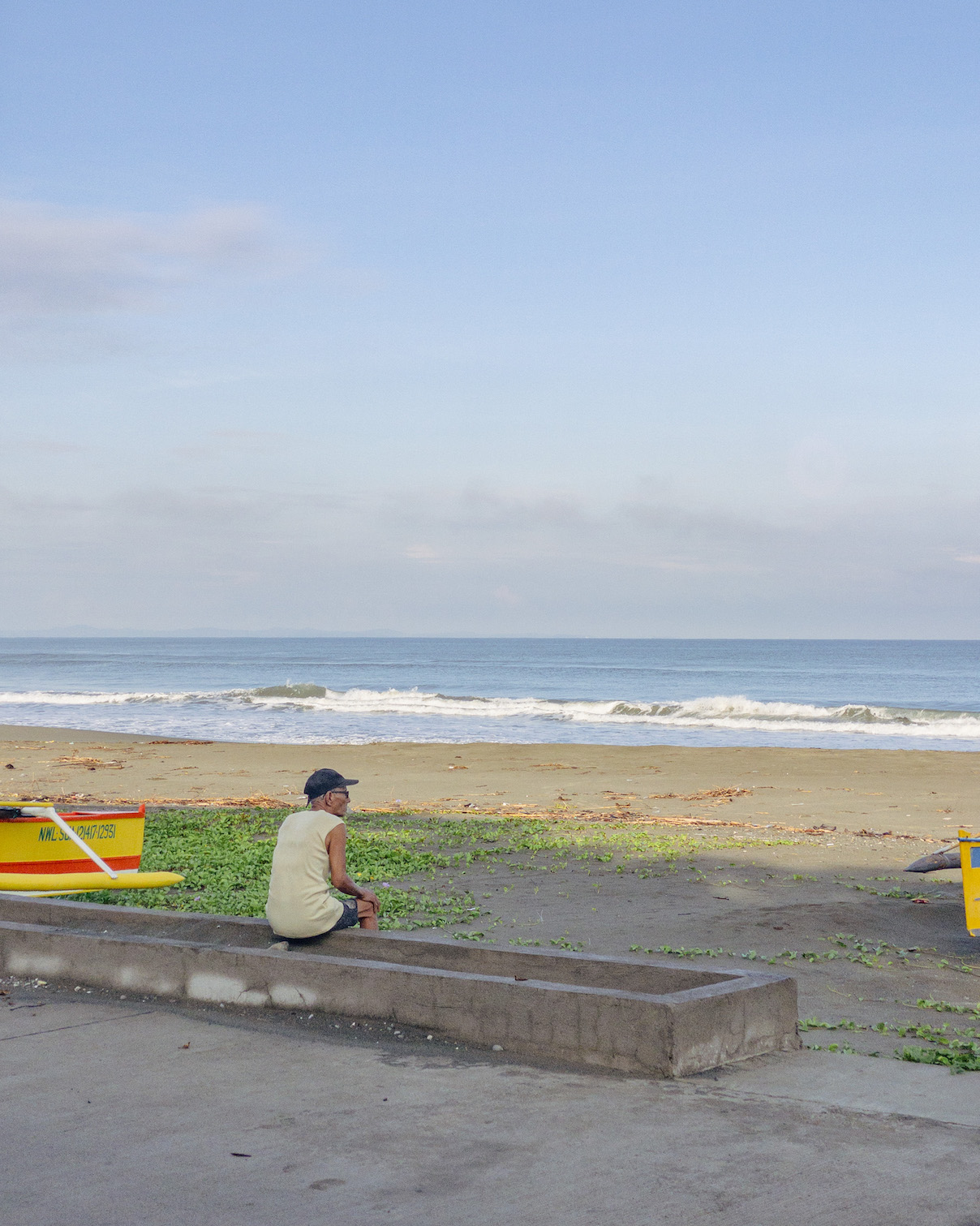
October 22, Saturday
After watching Lea ride the bus bound to Manila, I walked back home on my own, about two kilometers of concrete. Along the way, I saw farmers opening up their sacks of ilik (unmilled rice), laying them out on the road to dry. I walked on the edges of the road, avoiding the ilik.
In the afternoon, I sat to review highlights I took from the second chapter of Living Philosophy. I clustered a few interrelated highlights that began to make a coherent thought. I flowed.
First, I wrote what I understood was Mooney’s argument:
Mooney claims that a work can have an effect on us, or we can engage with it, without analysis (i.e., despite not knowing about the biography of its creator or its history). In fact, to be truly present with the work, we might need to intentionally let go of analysis. Mooney says “the mysteries of creation lie on the surface.” You don’t have to get deep to witness them. Mooney seems to suggest that a work of art presents with it a particular “mystery.” This is obvious. When we encounter a work of art the first time, we know nothing about it. Mooney says you don’t have to search for this mystery, it is evidently there on the surface. And the mystery is not something to be sold, it is something you linger into. Mooney clarifies that letting mystery take over does not mean being ignorant or shutting down questioning. It is giving space to wonder.
In Zettelkasten parlance, what I wrote was a “literature note.” I reflected on this note and allowed it to trigger thoughts that I remember from past writings—writings that were written from my unique perspective. I wrote:
A product of creativity possesses an inherent mystery. When faced with one, we don’t know what it is. We don’t have to look for this mystery. It is evident in the surface. There are two ways of engaging with this mystery: (1) We analyze it and treat it as a problem to solve or (2) we linger with it to see if it could have an unspoken effect on us. The former is an active engagement with the work, while the latter is a passive way of being with a work. If we are moved by it, we won’t choose it.
When faced with an image, a poem, or a prose, it might be helpful to allow yourself to enjoy it without the pressure to analyze. Analysis is paralyzing and could get in the way of really enjoying or even truly understanding a work. I remember DIY MFA, which mentioned that you need to analyze works of art you want to emulate but not all and not every element. So, when engaging with a work, let yourself be present with it, take note of things that jump to you. Return, but only analyze if truly called for. Otherwise, let the initial resonace suffice.
This last note is what is called a “permanent note.” But as it is now, it isn’t yet permanent enough. I add it to my writing inbox, where I shall continue developing it whenever I feel like returning to it.
After writing, I read the latest newsletter article from George Bothamley’s substack Photo Meditations. It was entitled “Beginner Mind.”
A few paragraphs jumped to me. This one, in particular, was pretty insightful:
Imagine having the kind of mind that can contemplate all the stars and heavens above … and yet, allowing yourself to slip into this sense of tedium.
Or imagine having a heart and soul capable of creating art, music, poetry … literally bringing never before ideas and forms to life … and yet, spending your days convinced that there is nothing interesting to do, so we better just watch another video, or scroll another social media page.
It’s crazy really.
George proposes a mindset shift to counter this dangerous form of boredom.
It’s not that we are born to be bored with life - or uninspired by our own soul. Rather, it is that we have just allowed ourselves to be distracted. And if we instead approached every single thing in our experience with a child’s outlook - or, as Zen practitioners call it “The Beginners Mind” … I guarantee the entire world around us would immediately transform.
This is something I often think about when taking photos - where I’m usually trying to find beauty in the simplest corners of nature, rather than in expansive vistas.
George then provides detailed instructions on how to practice this now.
So, go find a flower, or a leaf, or any object you so choose - and just imagine this is the very first time you are ever seeing it.
The colour… the scent … the petals - the lines on it’s surface - the touch of it’s body.
Put aside everything you have ever learned about it’s name or it’s scientific classification … and just observe it as if you are a complete stranger in this world.
Just reading this reminded me of the note I just wrote, which I mentioned above. When being at a presence of anything (or, perhaps, even anyone), experience should come before explanation, and explanation should only be offered when asked or when very necessary.
I read this a few minutes before the golden hour. When the hour arrived, I took my camera and followed the light. I didn’t walk towards my favorite trails. I stayed at home, walked around the yard, and looked for the “simplest corners of nature.” The light did not fail me.
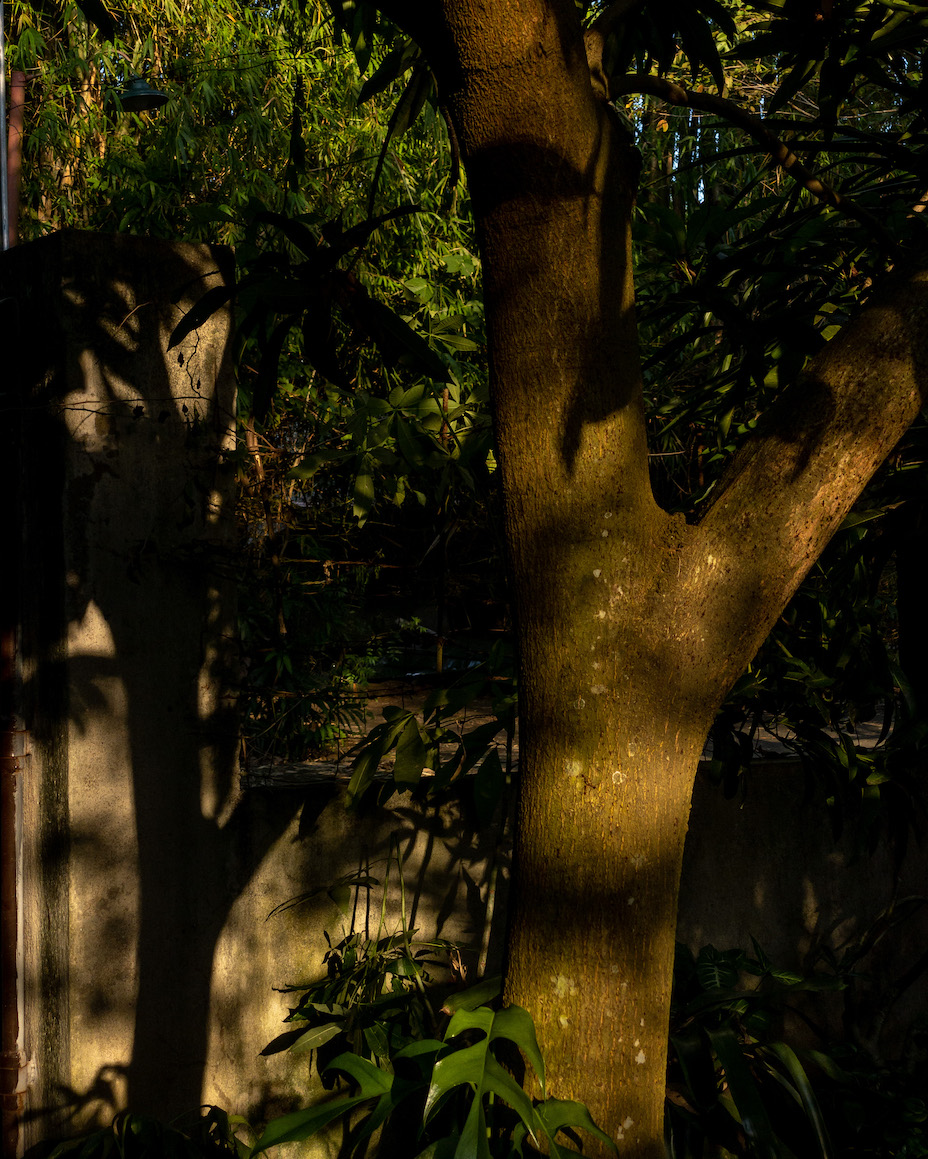
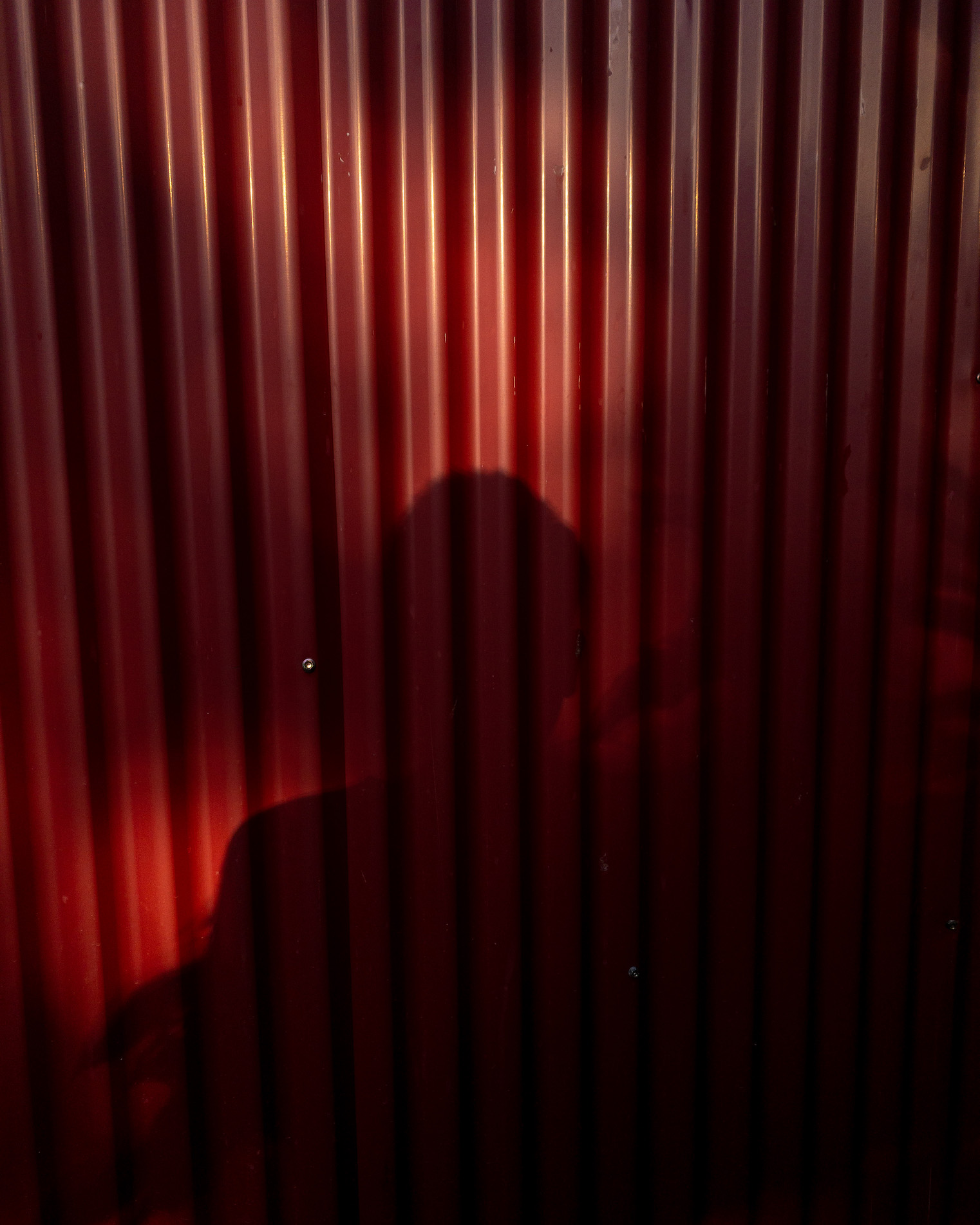
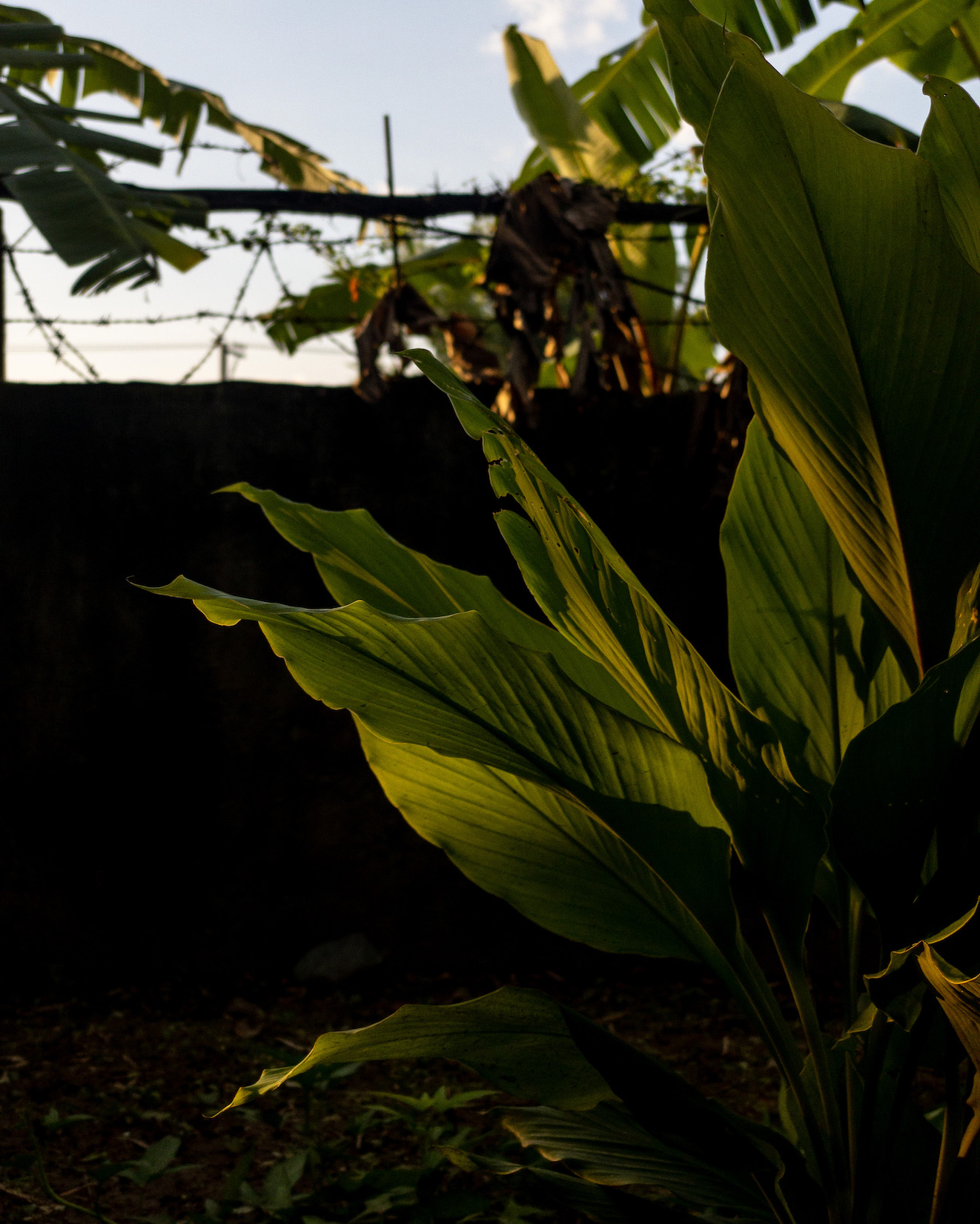
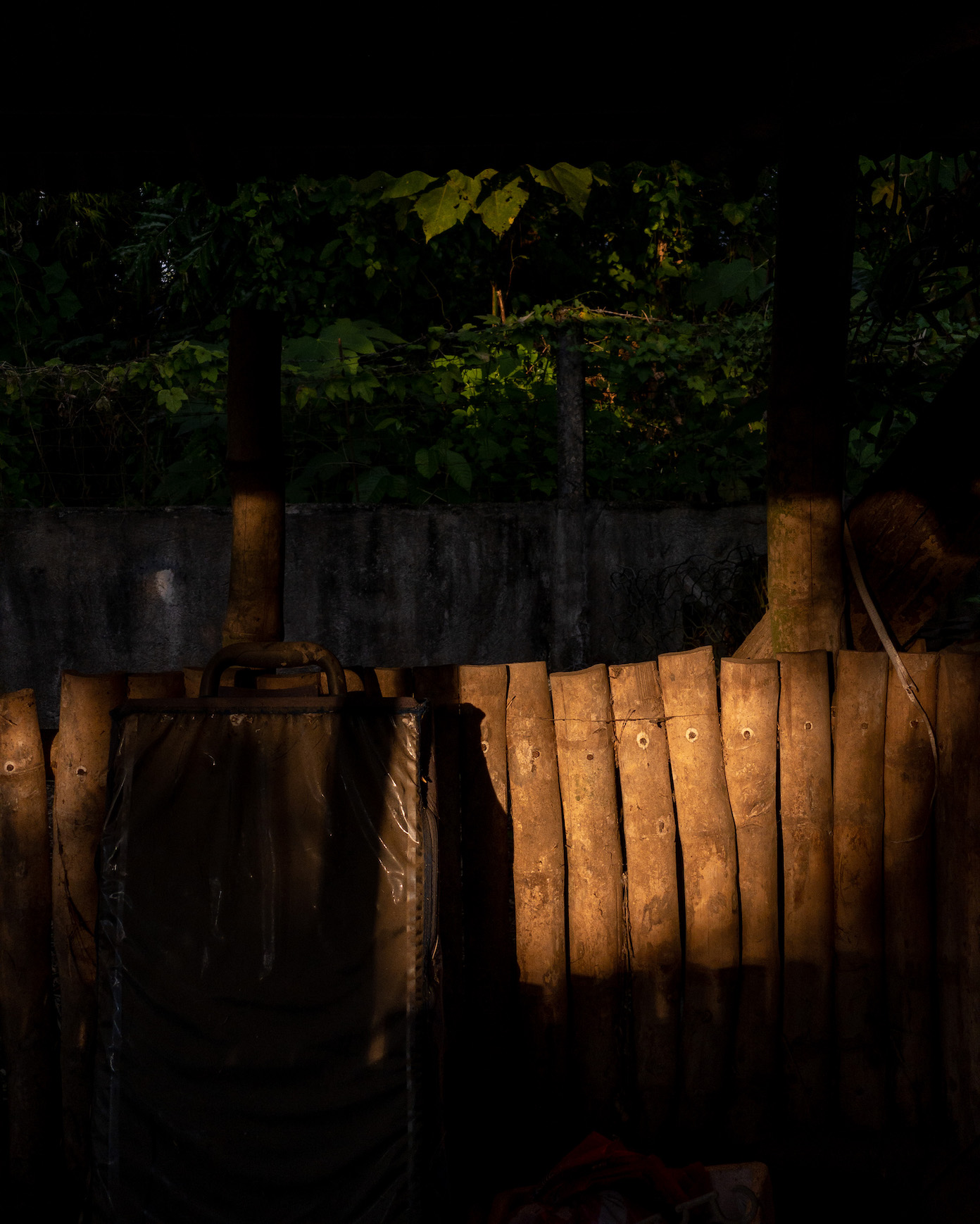
This week’s walk ends here. For any feedback, please reply to the email or comment on the post. Thank you. I am happy that you are here.